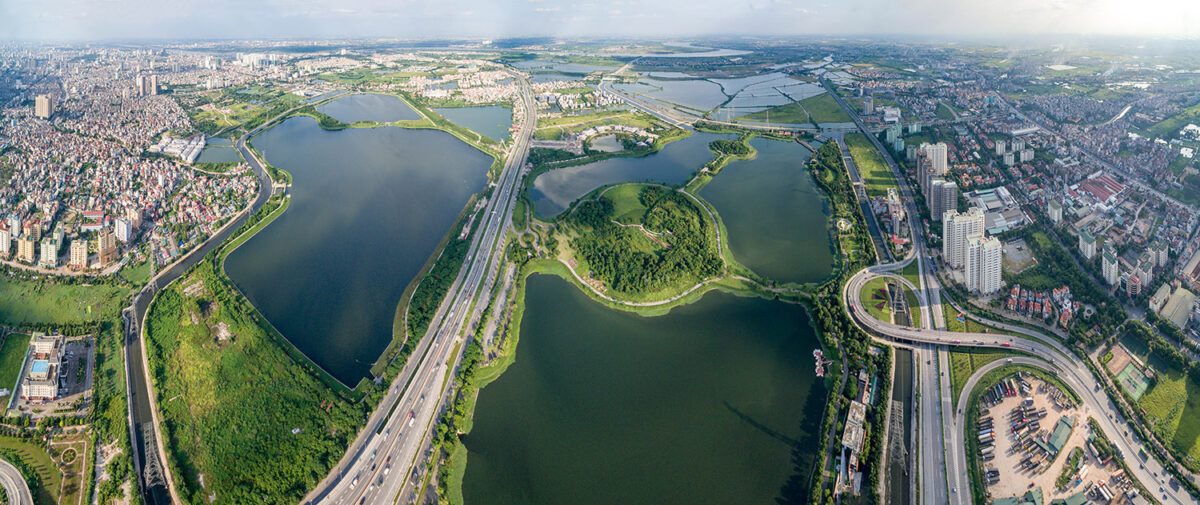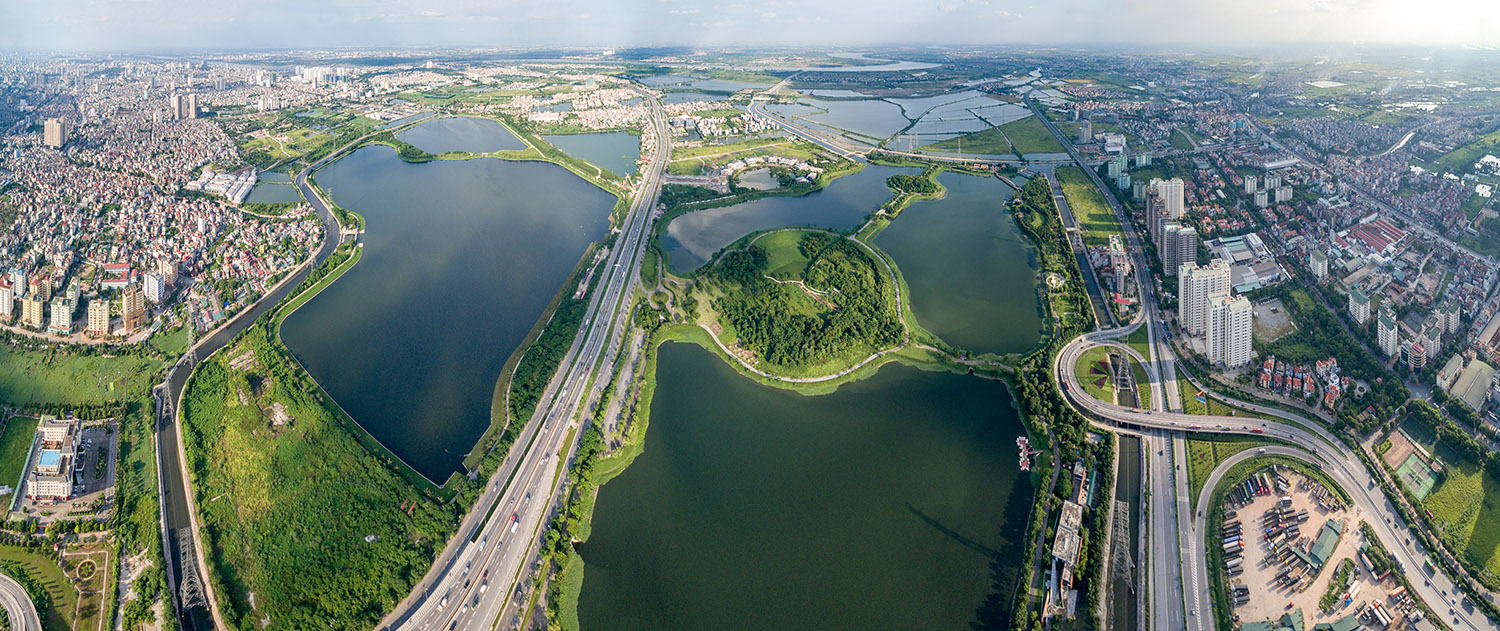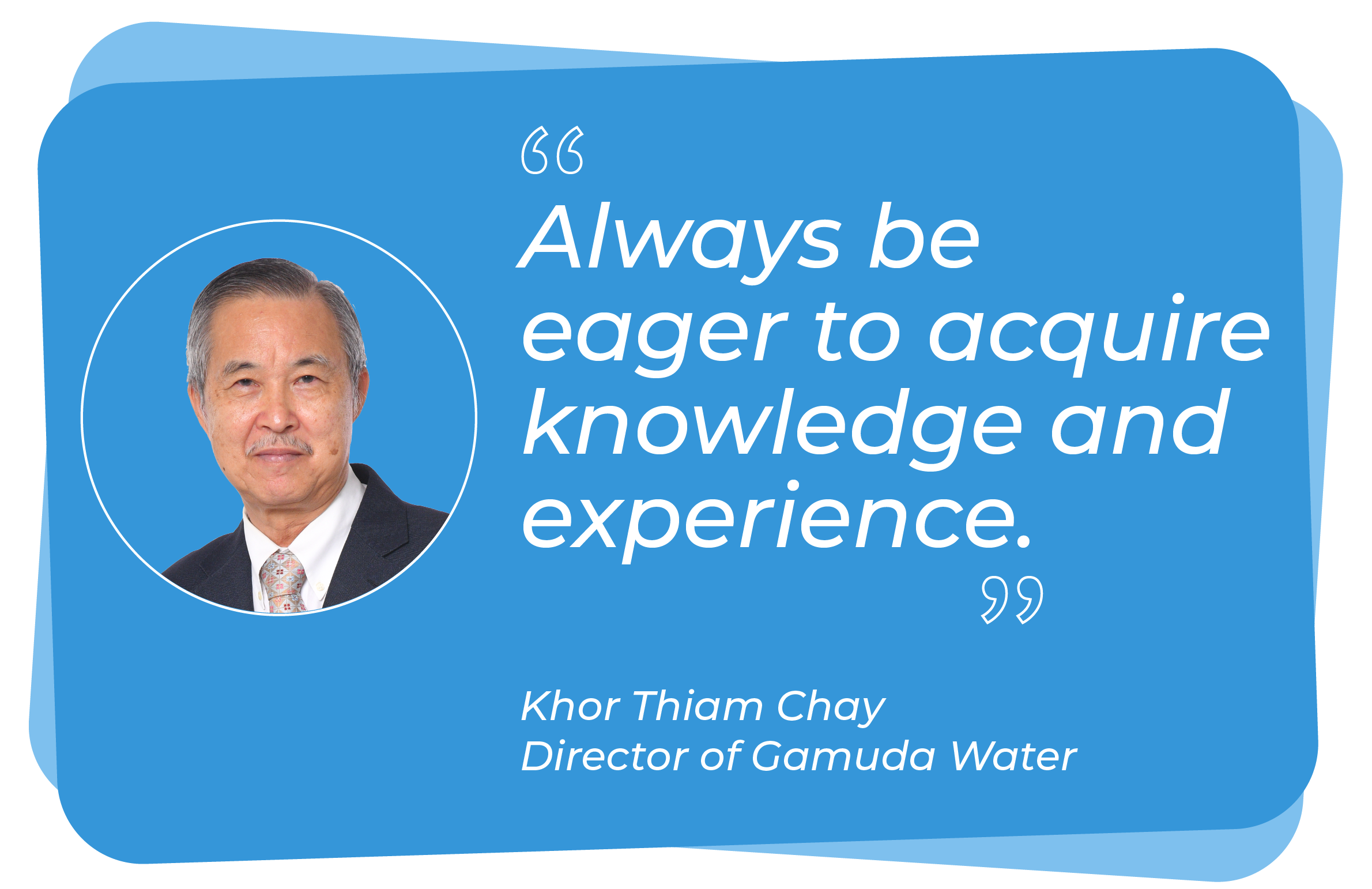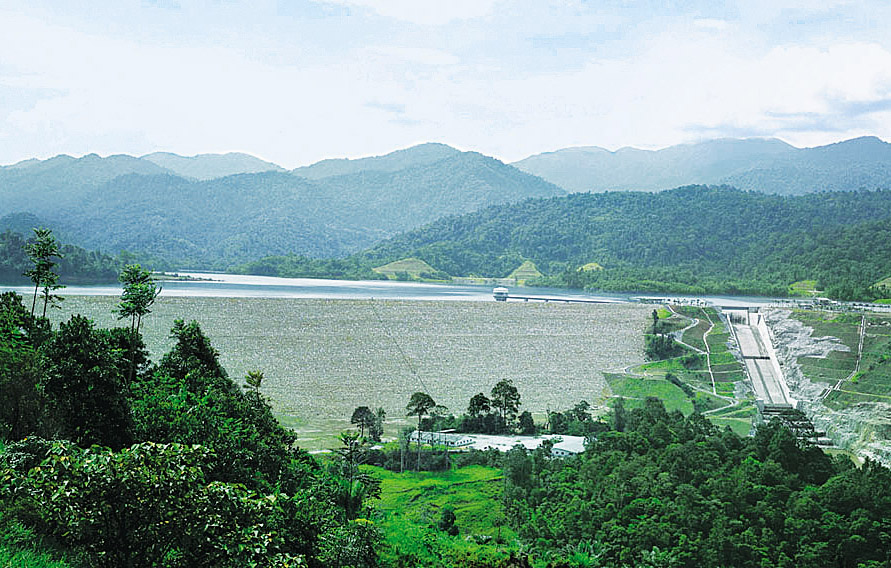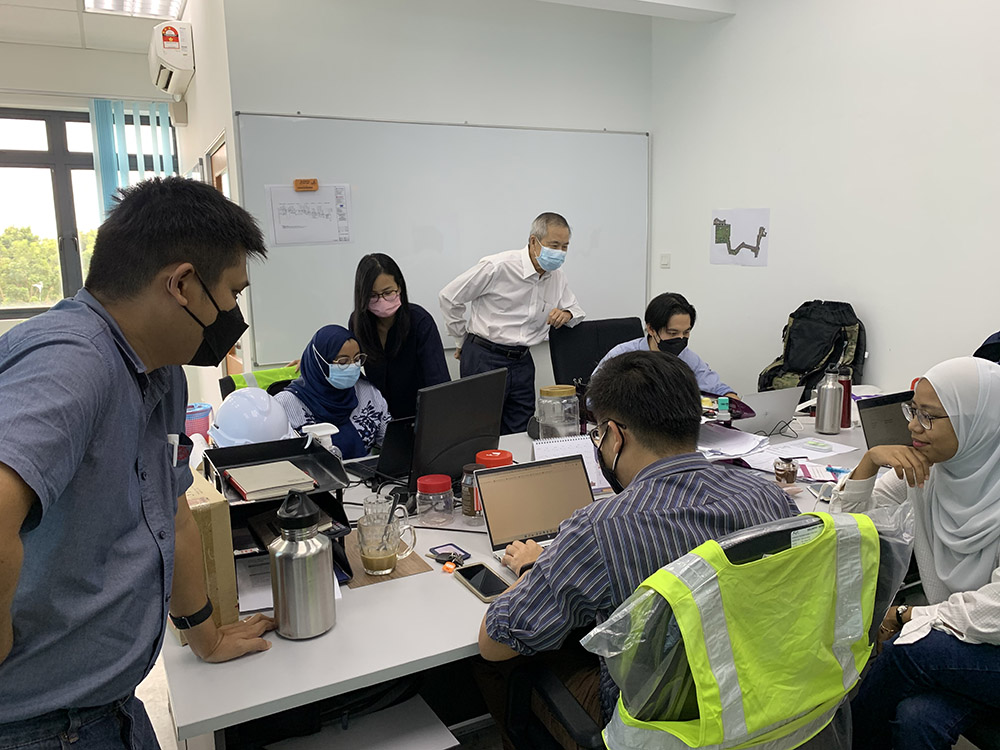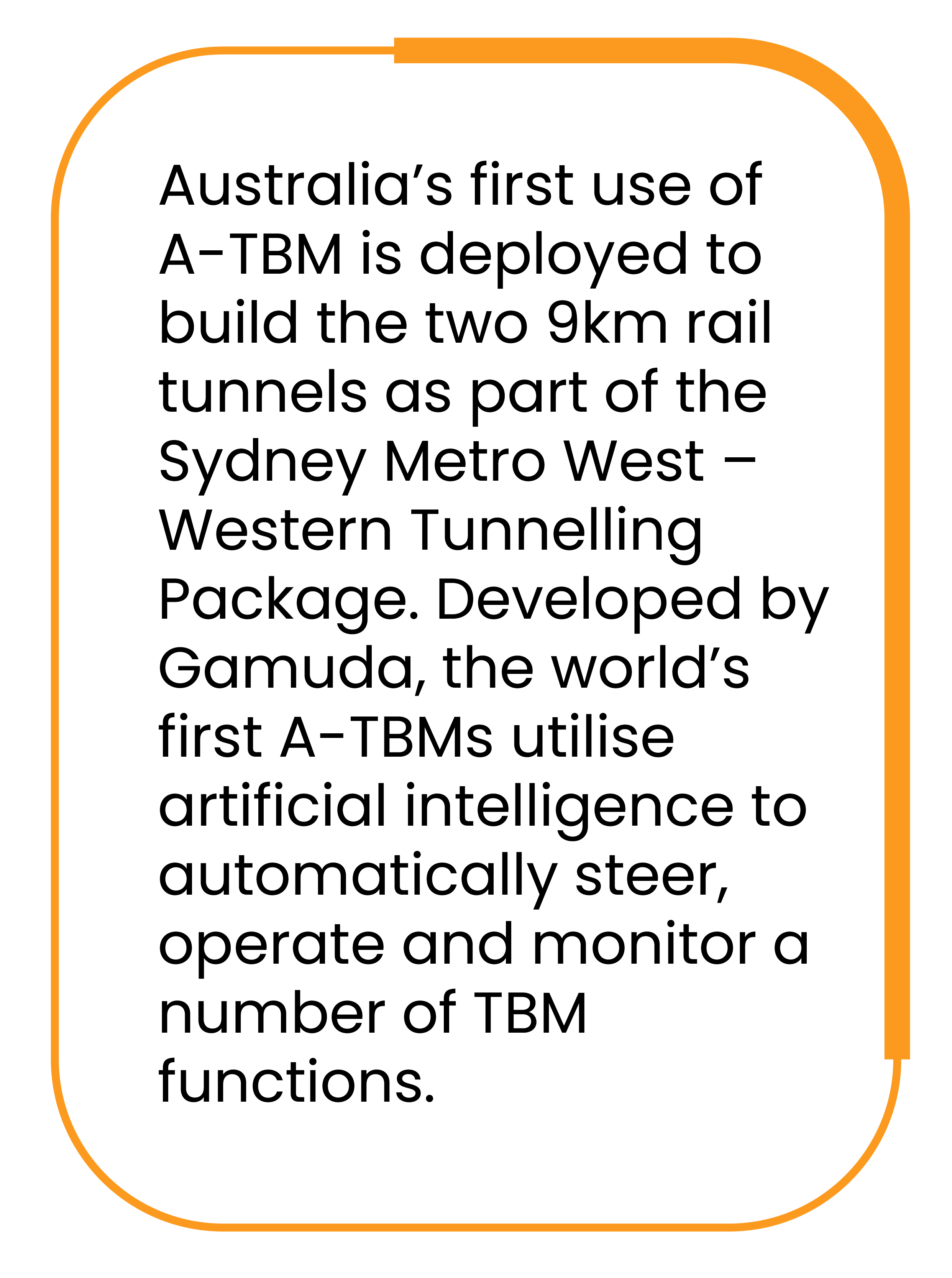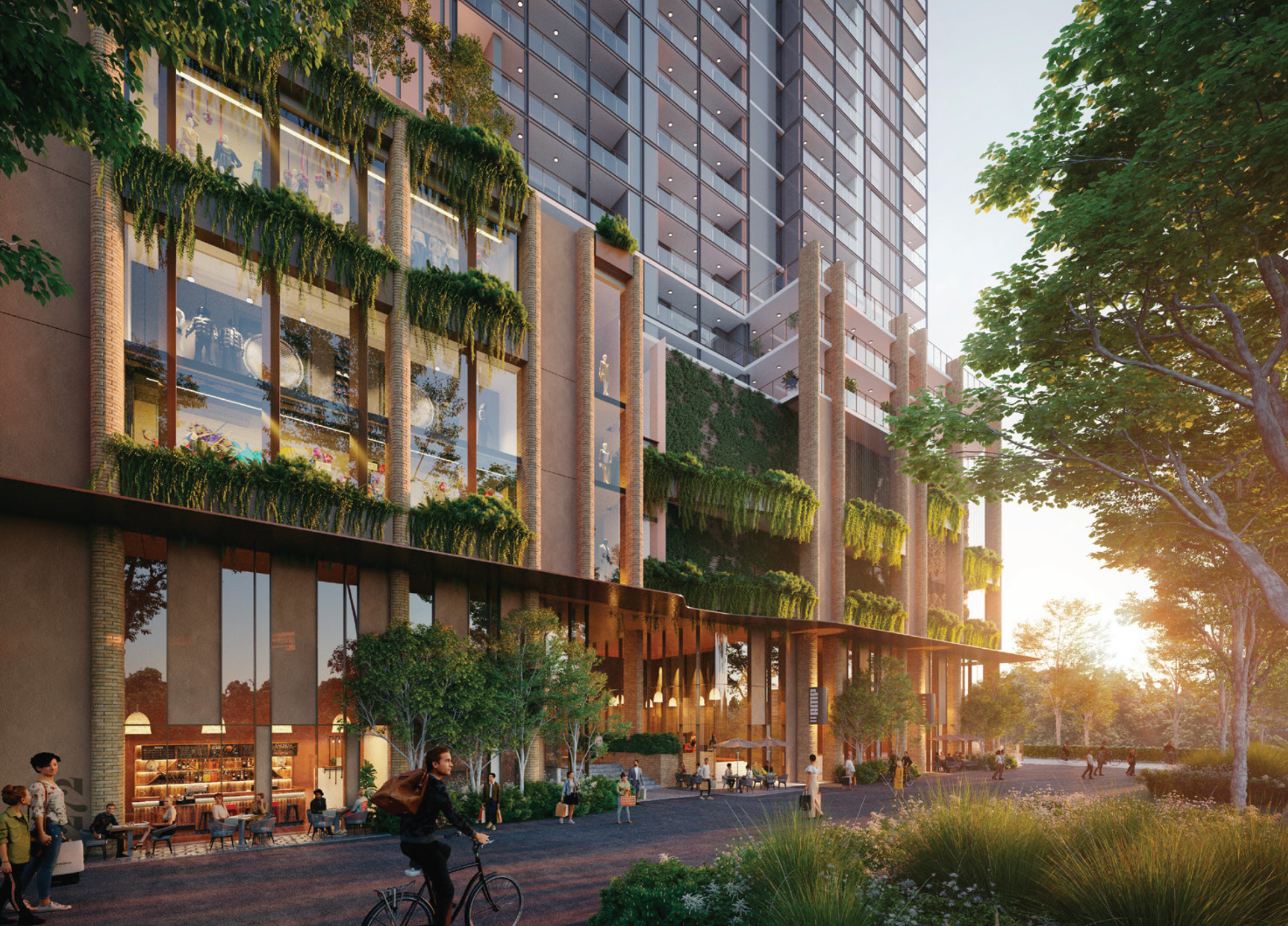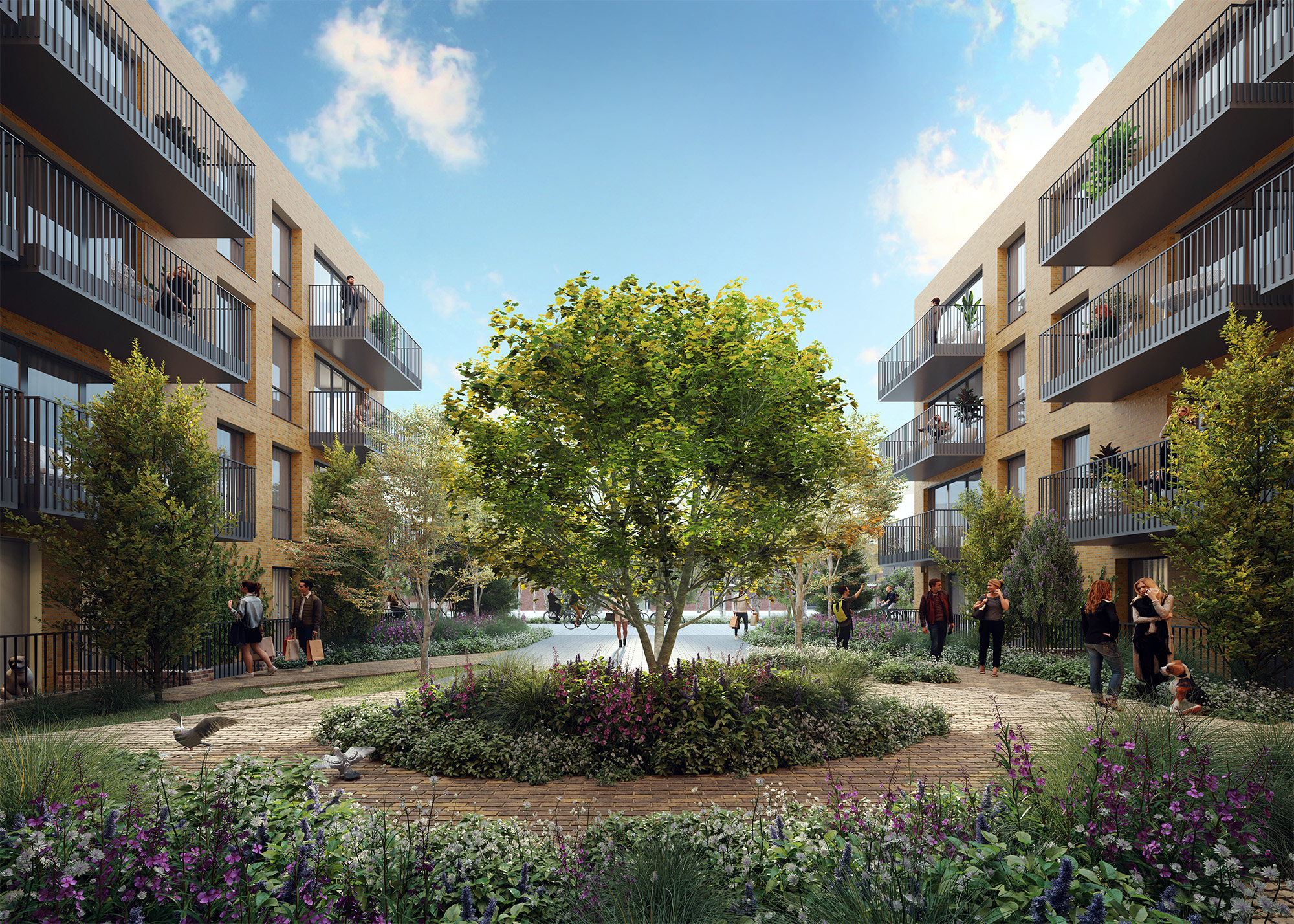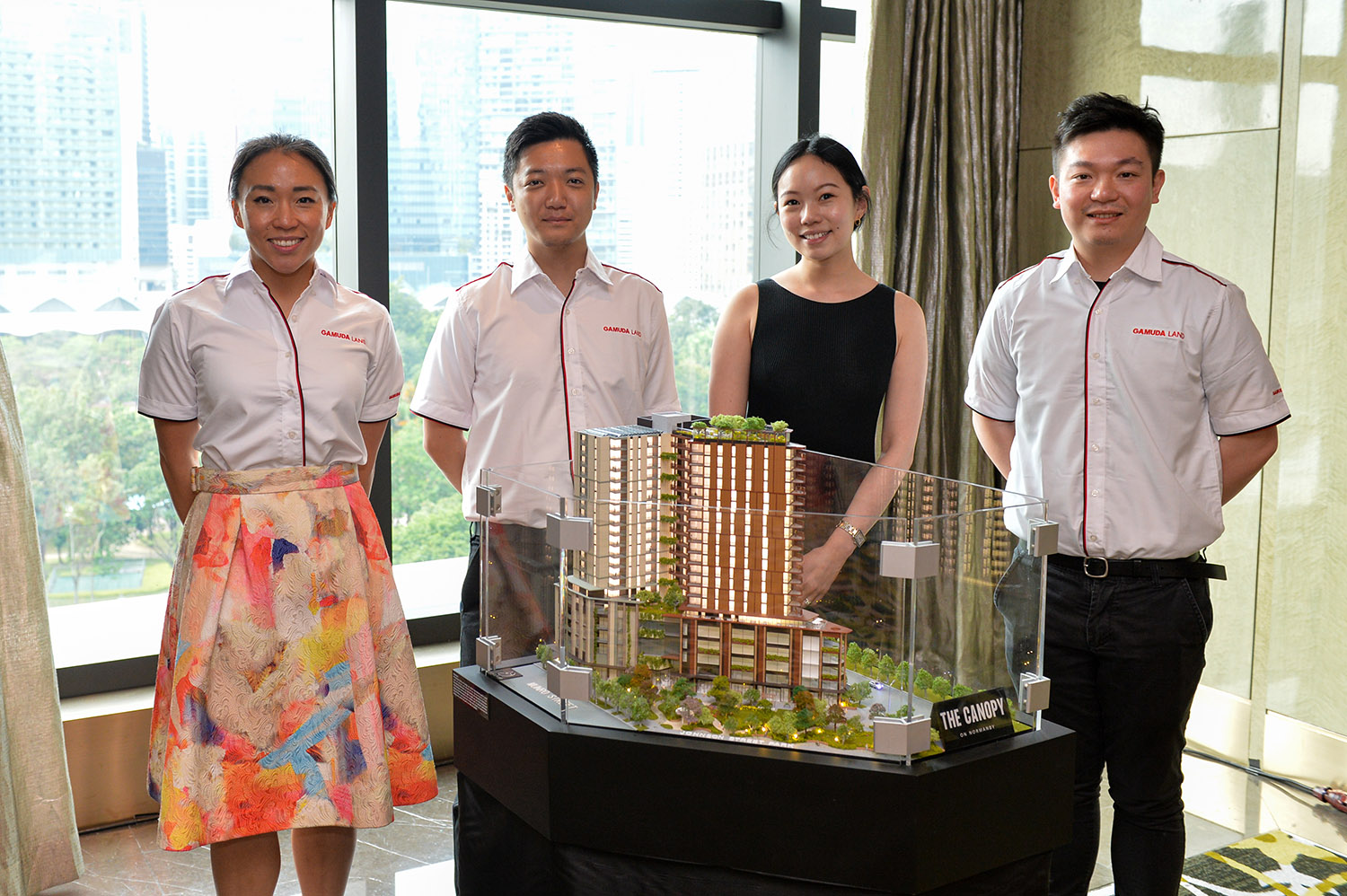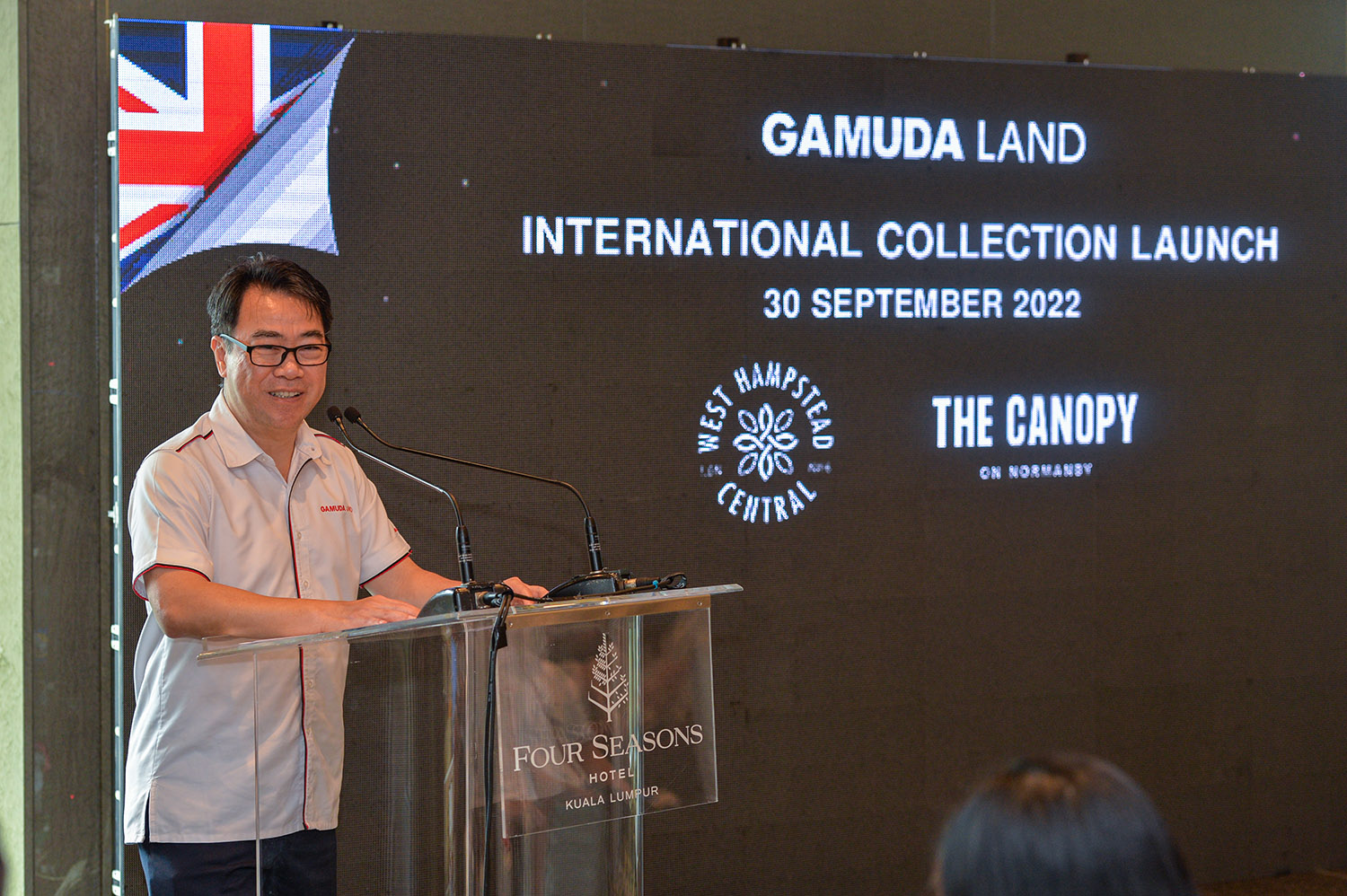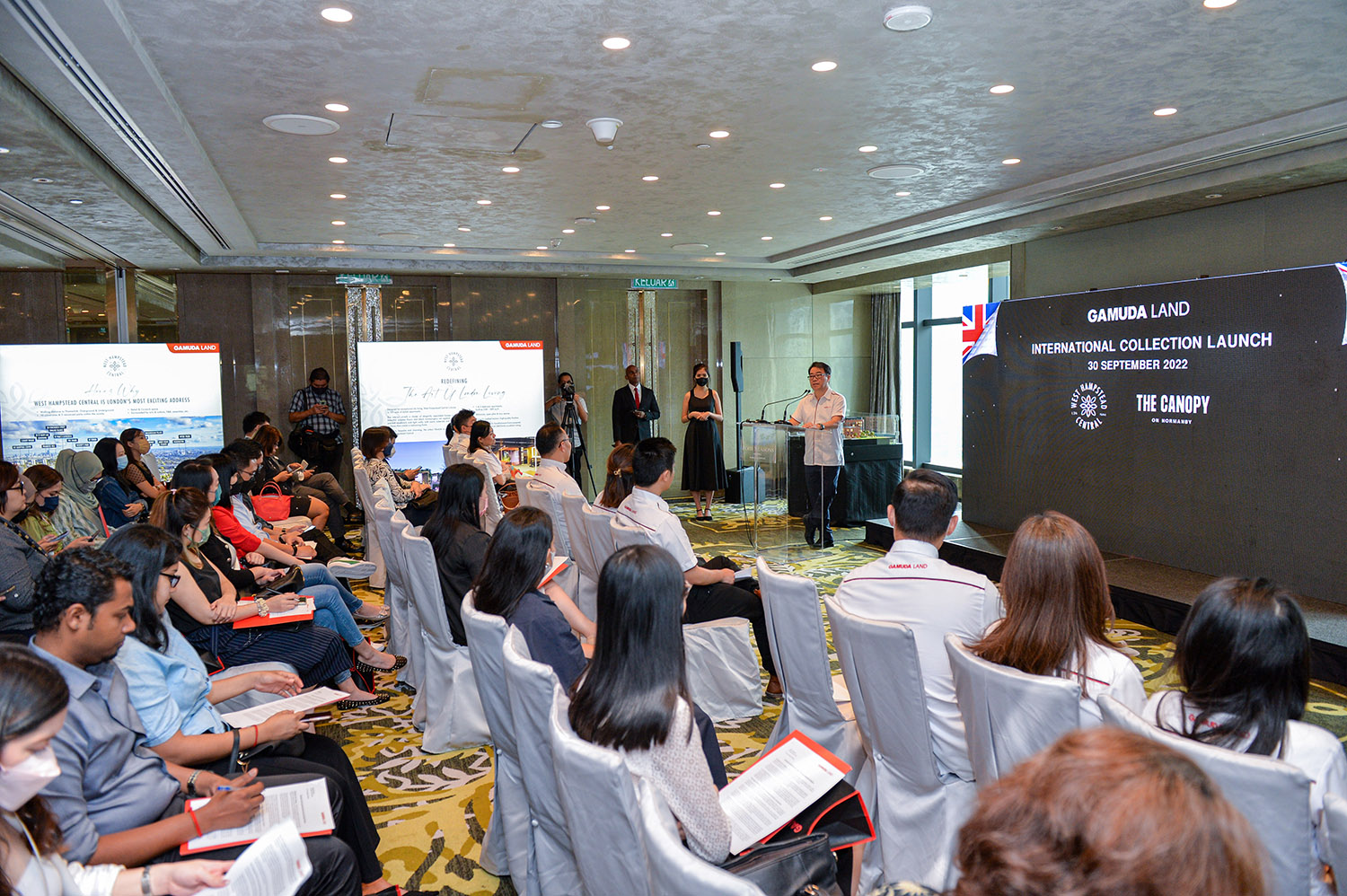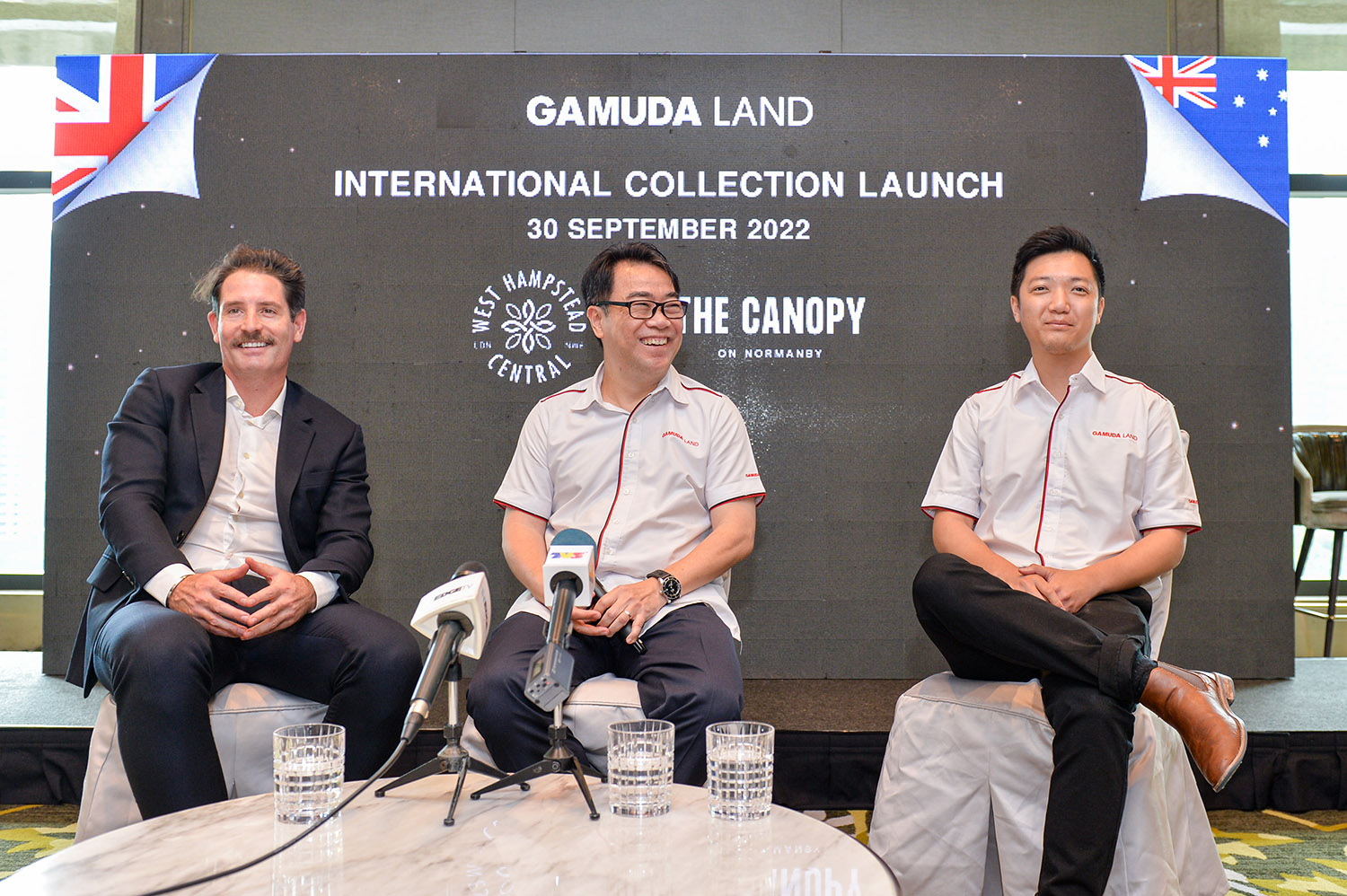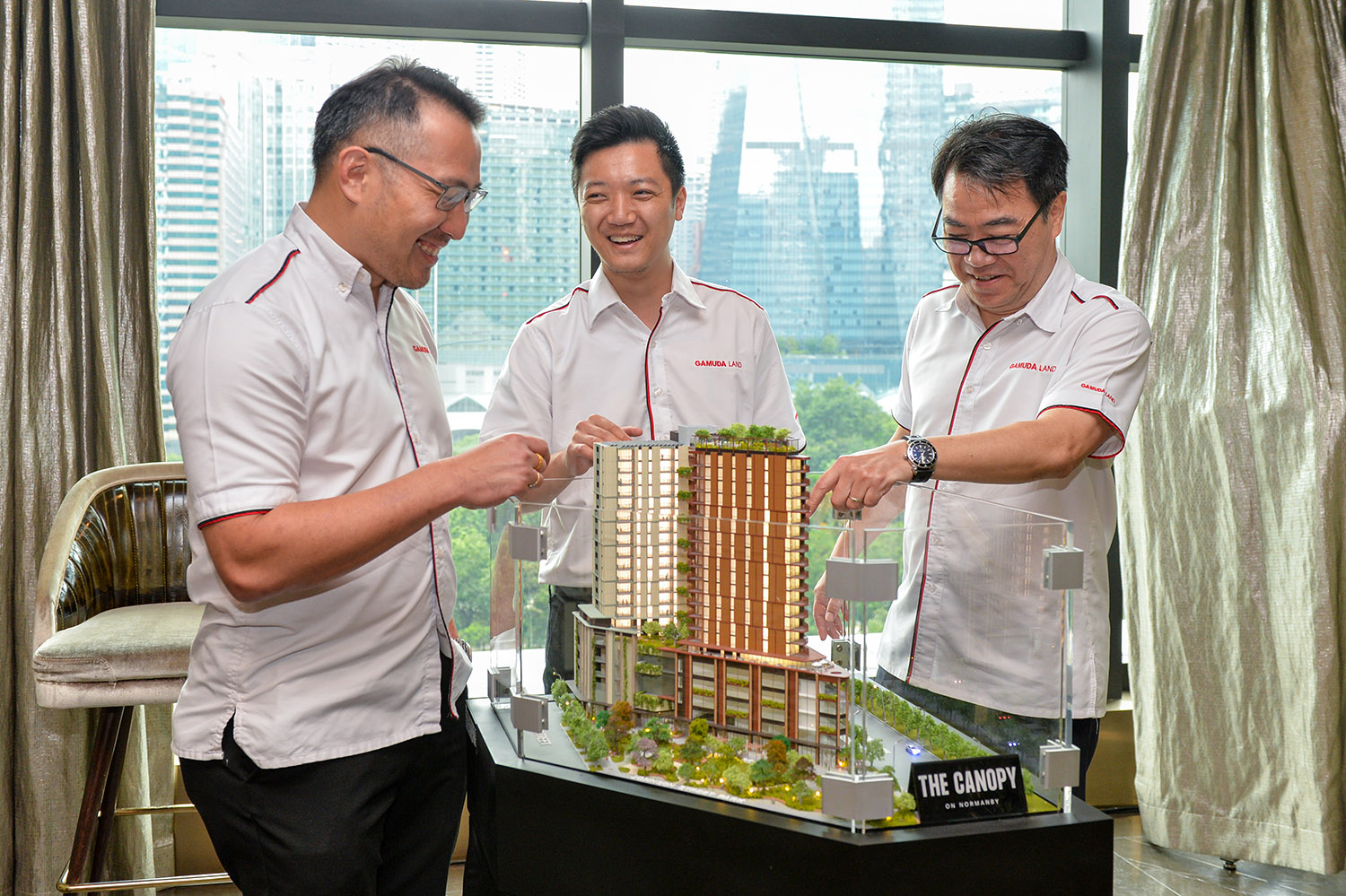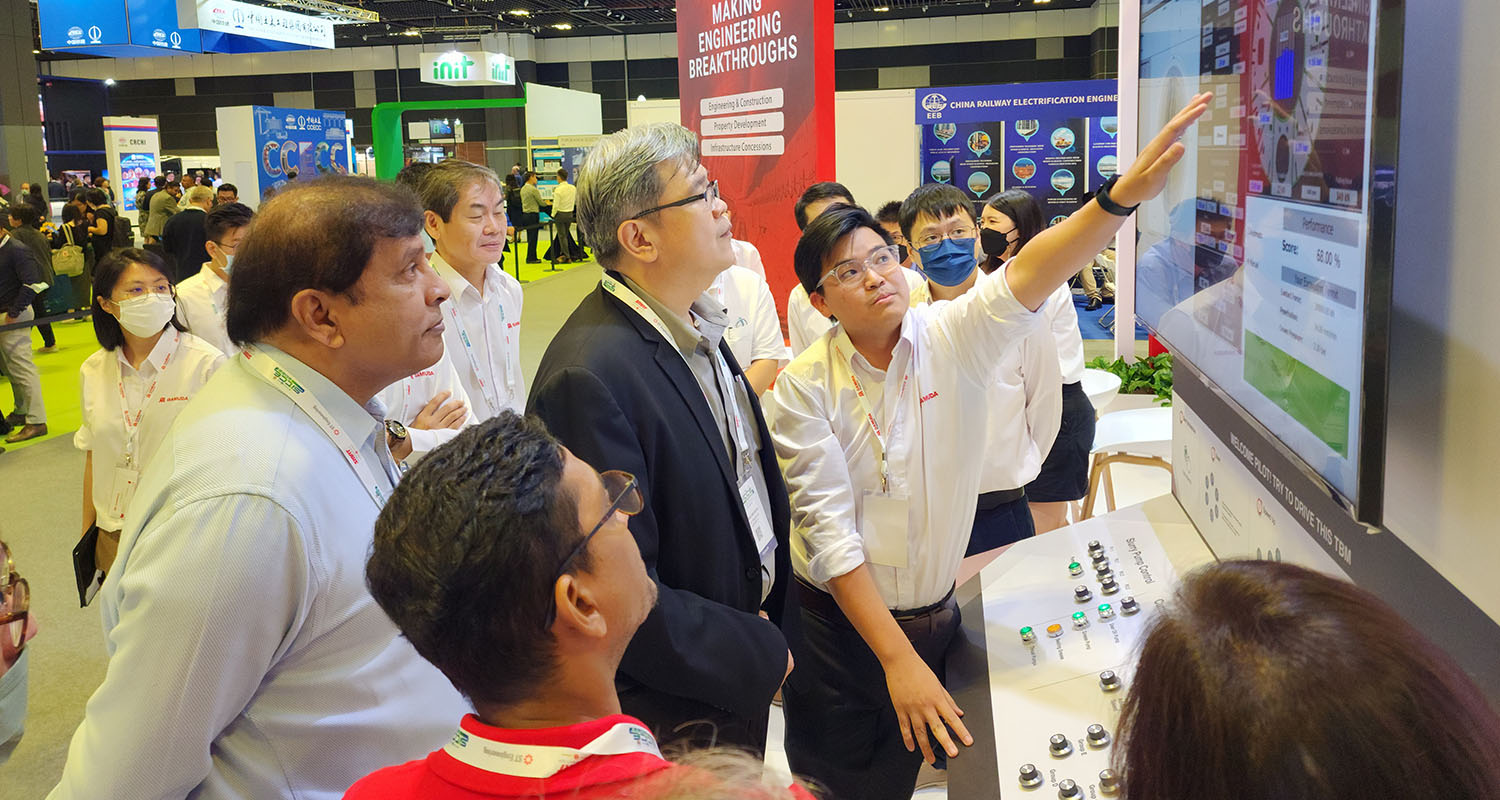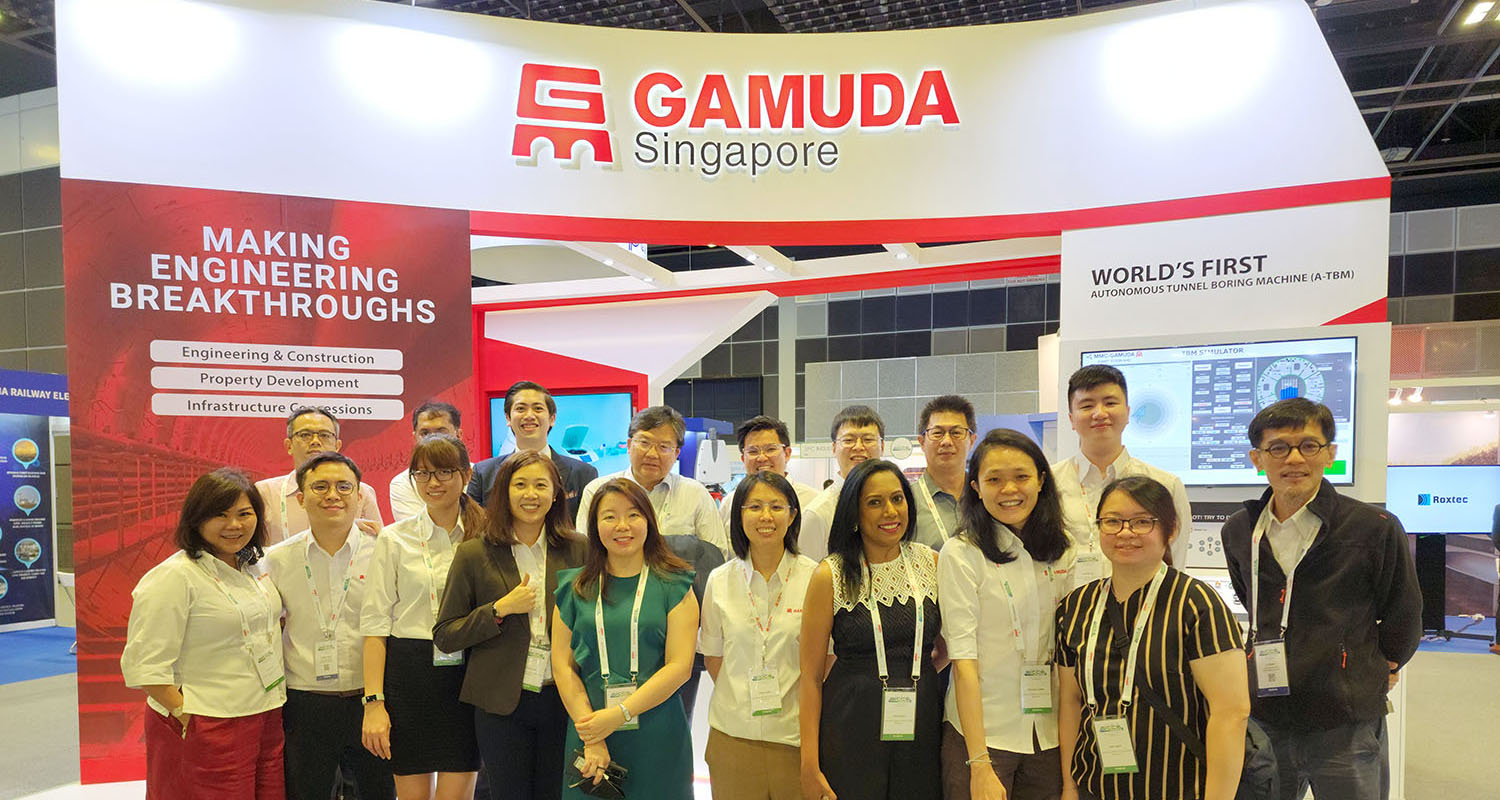Gamuda Australia secures third infrastructure project with solid track record
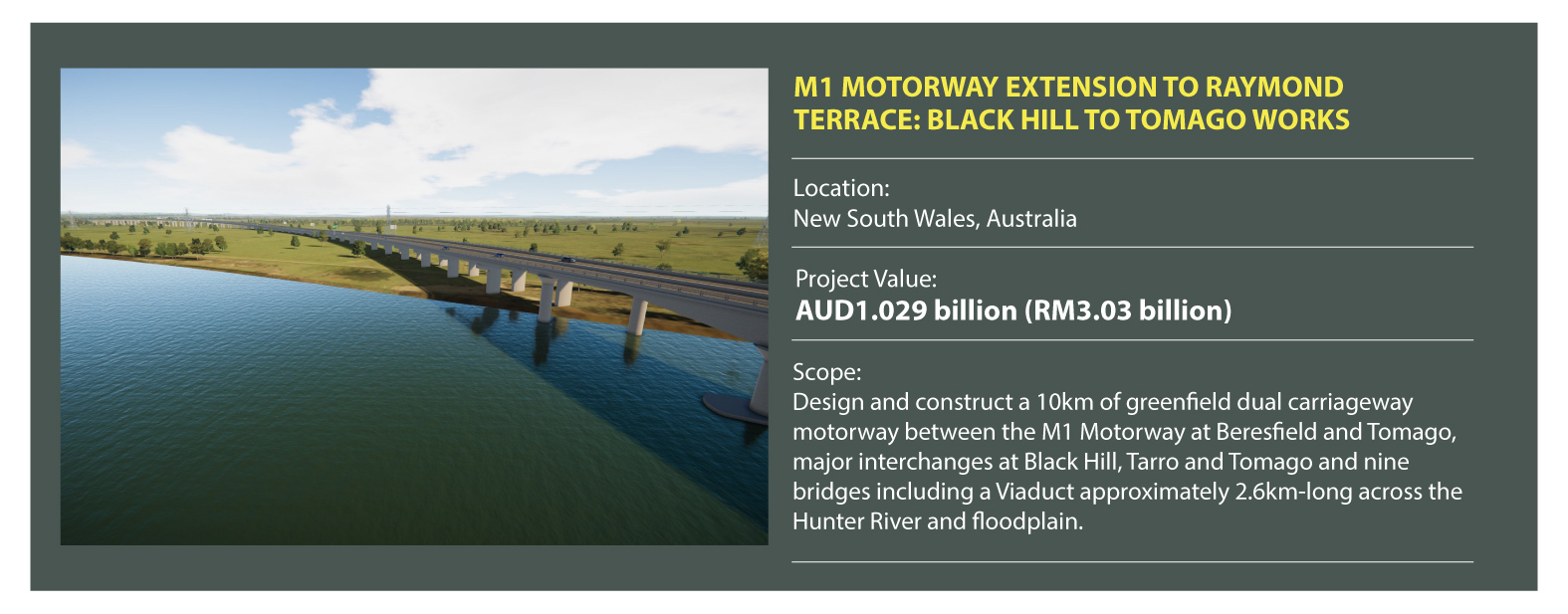
And That’s a Wrap...2022!
A reflective look at our projects and achievements for the year.
2022 Awards and Highlights
2022 Awards and Highlights
OUR 46th AGM HIGHLIGHTS
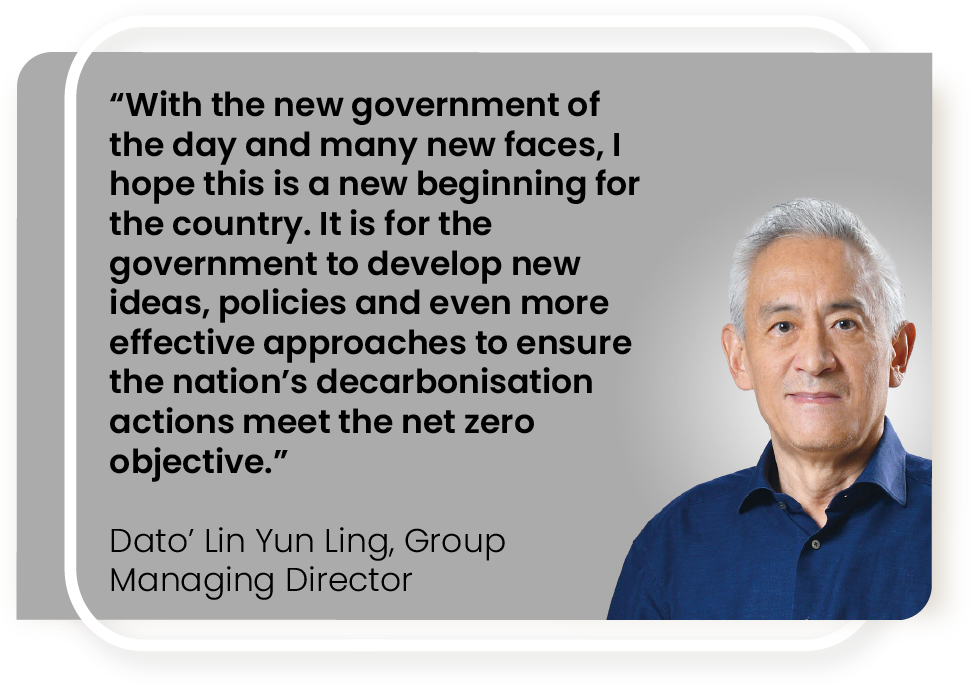
We bookended 2022 with our 46th Annual General Meeting (AGM). The Group’s future outlook and decarbonisation roadmap were amongst the top focus points. Here are some of the AGM highlights for 2023.
A 50% reduction is needed by 2030 to hit net zero by 2050
The race to battle climate change is getting tighter with every passing year. Understanding the urgency of the matter, many countries are banding together and pledging to achieve net zero by 2050. With less than 30 years to achieve this and considering future uncertainties, the roadmap forward is an emission reduction of 50% by 2030, with a target to limit global temperature warming to 1.5°C.
Emissions breakdown in Malaysia
As far as Malaysia is concerned, three (3) primary sources of the country’s greenhouse gas emissions (GHG) come from electricity generation (40%), road transportation (18%) and industry and manufacturing (17%), with electricity being at the highest emissions source. Therefore, our top priority is obvious- to decarbonise our electricity.
Alarmingly, over 85% of electricity generation is still from fossil fuels/coal. This is why decarbonising our electricity is crucial, as its impacts are far-reaching across all three primary sources of emissions. While we can reduce road transport emissions by accelerating the shift to electric vehicles (EVs), it does not make sense to continue charging our electricity from coal-fired sources.
Meanwhile, the prudent step forward in emissions reductions in manufacturing is adopting green hydrogen, which requires clean electricity to power electrolysers to produce this green hydrogen.
A roadmap to decarbonising our electricity
With less than 10 years to 2030, we need to accelerate tangible actions towards electricity decarbonisation. We must install at least 8GW of renewable energy, primarily solar, between now and 2030. We still have a long way to go before we reach our target, as, to date, we have only implemented 1.5GW of solar photovoltaic (PV) capacity. Massive upgrades to grid infrastructure and capacity will also be required to enable this clean energy transition. Meanwhile, in the future, battery energy storage systems will also be required to handle intermittency and grid stability issues with renewables.
Our RE efforts
Currently, in Malaysia, there is a supply-demand imbalance, and when this vicious cycle is broken, we will see huge demand. As a Group, we have a 5-year business plan with RM2 billion investment in RE.
Besides acquiring a 30% equity interest in ERS Energy, our RE plans also reach beyond the Malaysian border. We are looking to develop some hydro pump projects in the Australian market in the coming years. We are currently bidding for an RE-related project in Tasmania.
MARKING GAMUDA'S DECARBONISATION ROADMAP
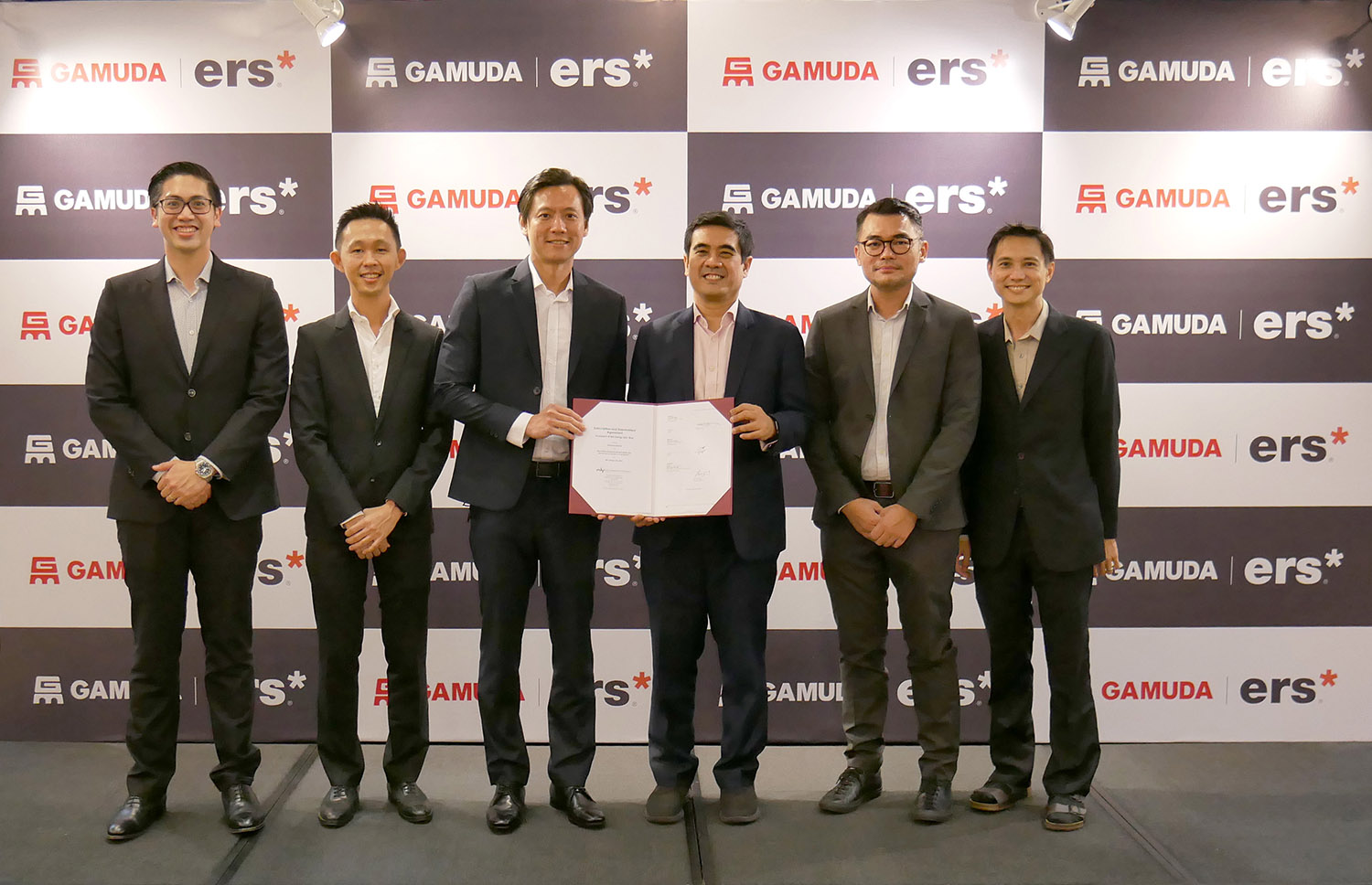
Gamuda Deputy Group Managing Director – Mohammed Rashdan bin Mohd Yusof (fourth from left), ERS Energy Managing Director and Co-founder – Jonathan Kan (third from left) and Gamuda Engineering Managing Director – Justin Chin Jing Ho (farthest left) during the signing of Gamuda subscription and shareholders’ agreement with ERS Energy.
Gamuda has stepped into an exciting new chapter in its sustainability journey – specifically in our renewable energy (RE) plans.
We recently signed a Subscription and Shareholders’ Agreement (SSA) with ERS Energy Sdn Bhd (ERS Energy) and its shareholders to subscribe for new shares in ERS Energy amounting to a 30 percent equity interest in the homegrown solar energy service provider for RM200 million.
Gamuda would subscribe to 4.29 million shares in ERS Energy, which is currently its joint-venture partner in NEDA Pekan Sdn Bhd to develop a 39-megawatt solar power plant under the New Enhanced Dispatch Arrangement (NEDA) framework.
The subscriptions will make us the single largest corporate shareholder of ERS Energy.
This strategic investment will fast-track our RE plans, in line with the Gamuda Green Plan 2025.
Our partnership with ERS will also be integral to enabling us to actively participate in the world’s transition to net zero and grow our RE asset portfolio to over 800MW in the next few years.
This would position the Group to be Malaysia’s largest private RE producer.
“Our partnership with ERS Energy will enable the Group to fast track its renewable energy business plan and goals, while serving as a springboard to pursue wider energy-related opportunities emanating from the global drive towards sustainable energy production and utilisation,” said Gamuda Berhad Deputy Group Managing Director – Mohammed Rashdan bin Mohd Yusof.

We will be implementing a new HR system (SAP Success Factors) that will enable better visibility and insights into the management of our workforce, as well as delivering a better employee experience.
This system, called Gamuda Employee Management System (GEMS) is a fully integrated, cloud-based HR management system that will replace our existing HR system (GES). GEMS will serve as a central source of information for all HR-related processes and allow employees to access data from anywhere, anytime.
GEMS has been implemented in Gamuda Australia since April 2022. The global rollout of GEMS to Malaysia, Vietnam, Singapore and Taiwan is scheduled for March 2023.
Watch Gamuda Berhad Senior General Manager of Group Human Resources and Admin – Wong Lye Ling and Gamuda Engineering Executive Director – Ts. Lim Hui Yan as they share their views on this transformation as part of the ongoing group-wide digitalisation agenda. In the meantime, keep a lookout for further announcements on upcoming events and training sessions on the global rollout of GEMS.
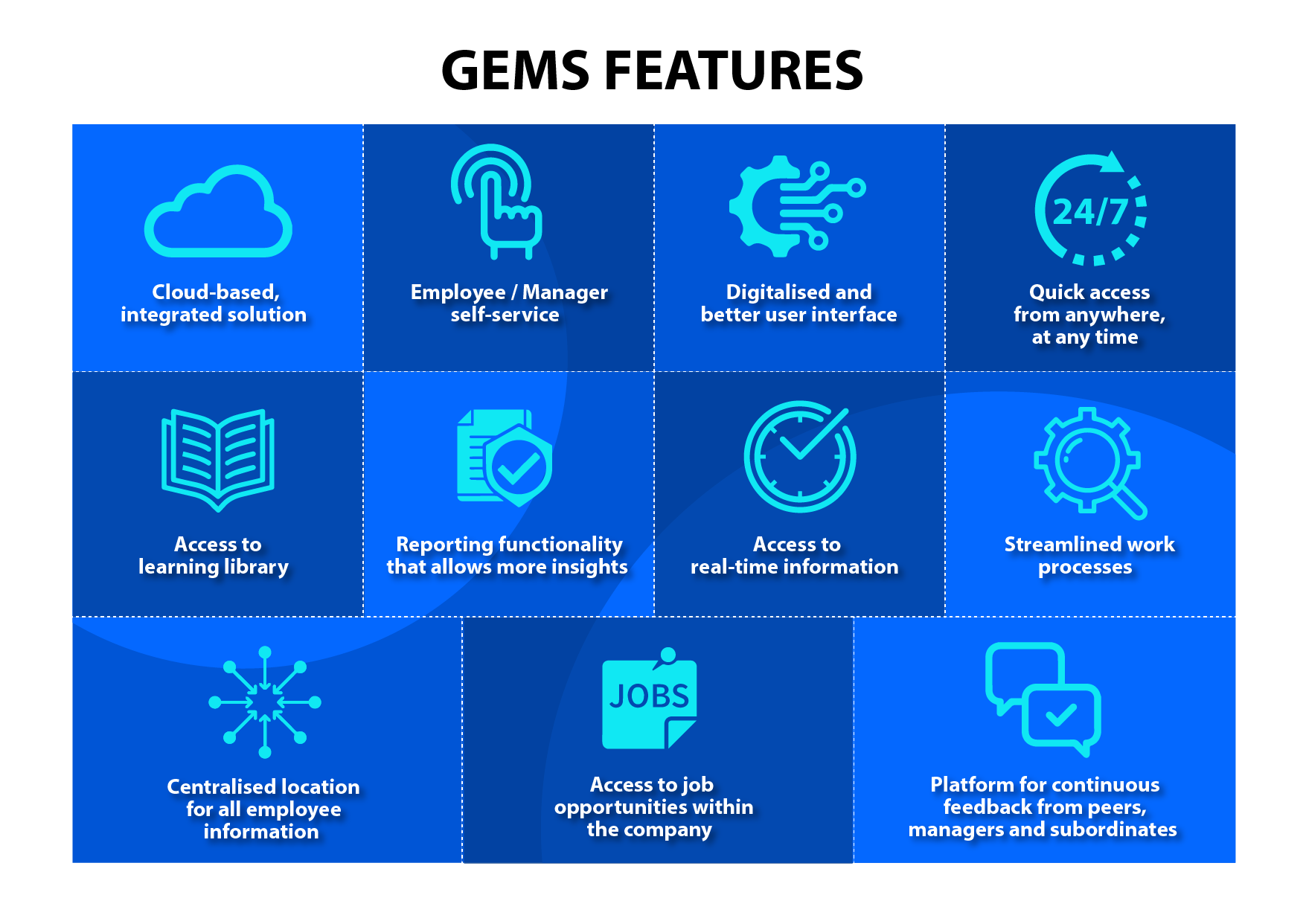
CONNECT WITH US!
As a Group, we pledge to conduct our business in a sustainable manner by tackling climate change and establishing limits to our carbon emissions.
Need a refresher on Gamuda Green Plan?
Click on the pillars.
EDITORIAL TEAM
ADVISORS: Justin Chin Jing Ho, Ngan Chee Meng
CHIEF EDITORS: Dr. Bhavani Krishna lyer, Ong Jee Lian
COPY EDITORS: Faslika Das, Dinesh Kumar Maganathan, Kaarthiega Anantan
DESIGNER: Rafy Hamid, Tan Yee Chung




